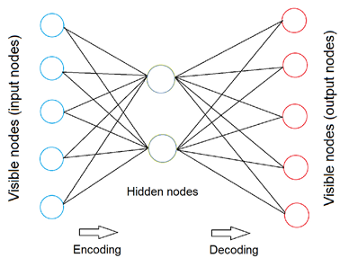In a previous article, we created a stacked auto-encoder model for movie rating prediction. But as we know, with its encoder part, an auto-encoder model can also help with feature extraction. So, in this article, we will continue the journey on customer clustering using auto-encoder and k-means. As usual, it is split into 4 parts.
- Auto-encoder introduction
- Autoencoder modeling
- k-means modeling
- Takeaways
Let’s begin the journey 🏃♂️🏃♀️!
1. Autoencoder introduction
Autoencoders are a type of artificial neural network that is used to learn feature representation in an unsupervised manner. It uses the same data for input and output. As shown in Fig.1, by adding a bottleneck in the network, it forces the network to create a compressed version of the input data, which is how the encoder works. Meanwhile, the decoder reconstructs the encoded features to its original input.

Fig.1 Autoencoder model structure (Image by Author)
There are different types of autoencoder models. Here we will create a stacked auto encode. In a stacked autoencoder model, encoder and decoder have multiple hidden layers for encoding and decoding as shown in Fig.2.

#data-science #machine-learning #autoencoder #k-means-clustering #business-intelligence
